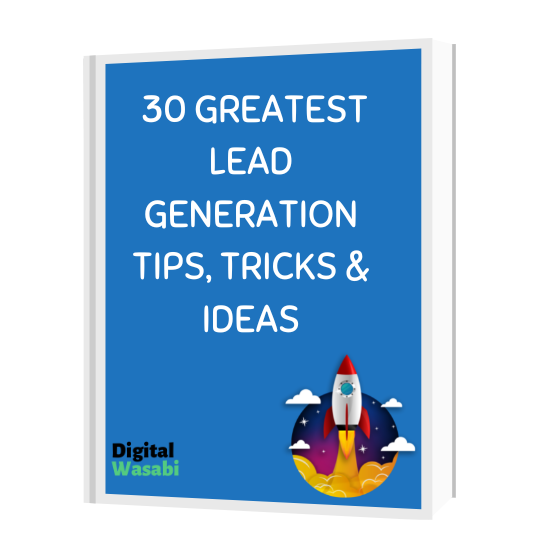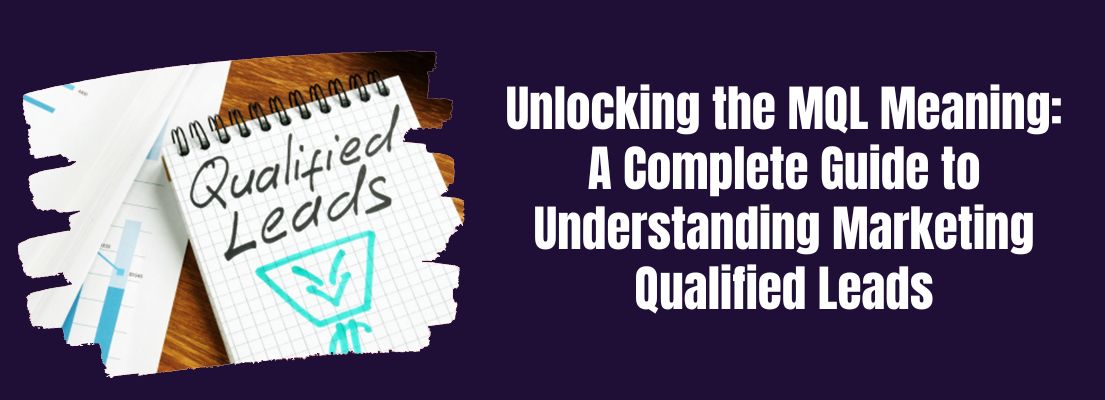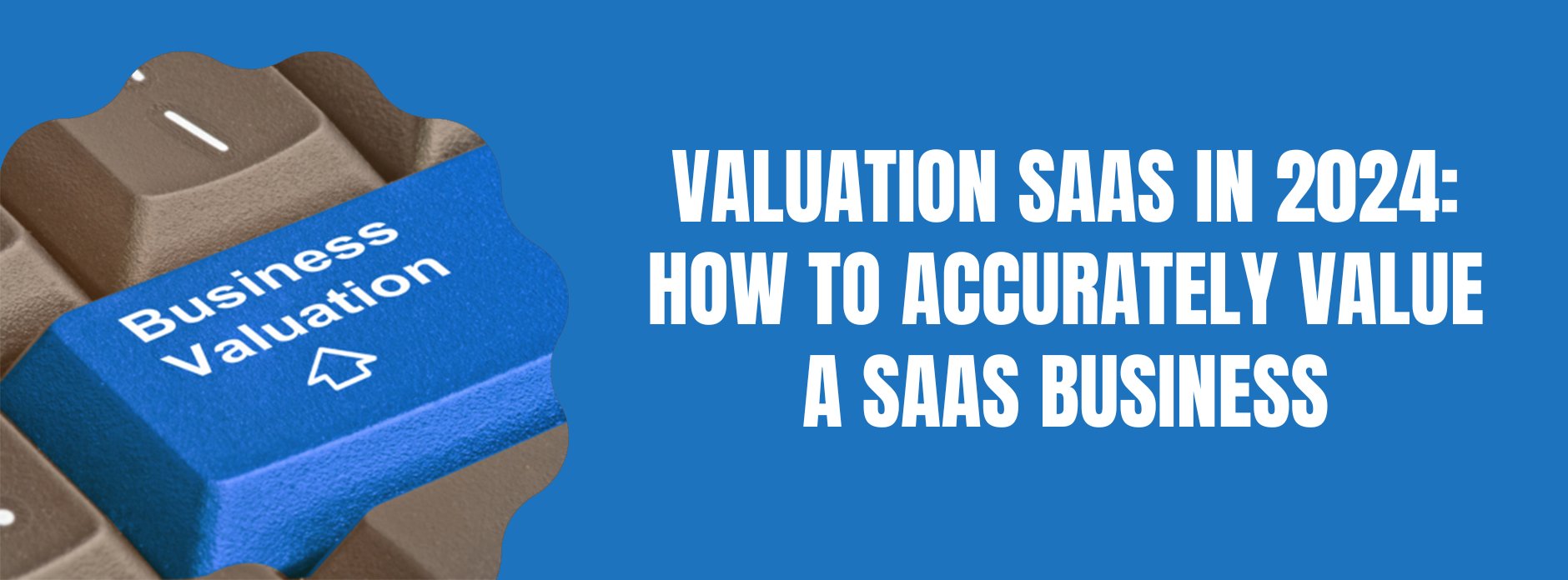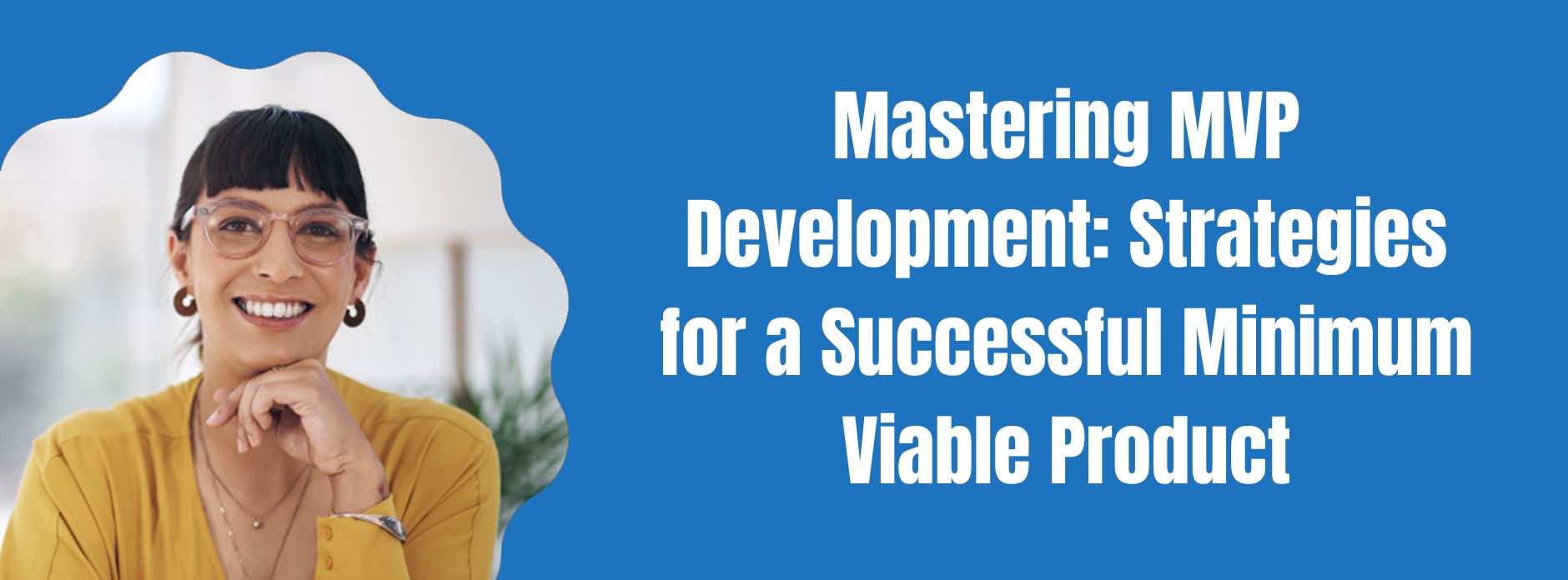Whether you’re starting your B2B marketing from scratch or evaluating whether your existing content strategy is working, you need a solid framework that serves as the backbone for all of your efforts. This is especially if you’ve been focusing your attention on one part of the marketing engine and are looking to take things up a notch with a more holistic approach.
At Digital Wasabi, we’ve had the chance and privilege to work with some of the fastest growing SaaS B2B Nordic startups and scaleups around. Time and time and again, we’ve helped them expand with a tweaked version of the same content strategy formula that delivers proven results – qualified leads that turn into clients, because the approach is as customer-centric as it is easily personalised. That’s because focusing on content marketing is the only way to healthily scale your inbound efforts sustainably and consistently, as it ensures a steady flow of leads and customers long term.
Now, let’s get into it!
1. Speak to your customer
Surprisingly, this might be one of the most neglected and underrated steps in content strategy. But it’s also the most important one. Why? Because oftentimes marketing teams assume they know exactly what keeps their prospective clients up at night and what problems they are trying to solve. B2B marketing is complex (and fun!) precisely because it’s targeted at other businesses, not end-consumers, which is why often there’s more than one issue that’s central to your customers’ success and it’s important to uncover the most important ones.
Take planday.com for example, an online workforce scheduling platform, where Christian Godoy Jørgensen headed up the Marketing department – one of their key industry targets are restaurants. Although restaurants might not yet know they need a scheduling platform, we found out through speaking to their owners and through information passed down from the sales team that a lot of them are interested in learning more about how to market their restaurants and have more potential patrons find them. Which leads us directly to the next point.
2. Find and validate what their clients are searching for
Once you’ve found out what keeps them up at night (even if it’s not 100% directly related to your service), find out the words and phrases directly linked to it. Are they searching for restaurant marketing guides? Are they looking for more information about a certain piece of legislature? Whatever it is that they’re interested in, get on the Google Keyword Planner tool (… or Ahrefs, or SEMRush or any other keyword research tool of your choice) and find all of the specialist terms relating to that topic.
Often, the more specific the better, because that way you know that the customer is in an intentional and serious mind-set to learn more and action their findings, rather than simply casually browsing. You want to catch them at a point when they’re searching for value and be there to provide it when they do.
3. Produce content and email flows
Once you’ve honed in on your target topic and found the area you’re looking to own with respect to your potential customer and their needs, it’s time to get started with content creation. The best way to get your content noticed, especially on a low budget, is to use the keywords and search terms that have a decent amount of search volume but have no to little competition. This is what gives you the opportunity to own that space, build your rapport as a thought leader and ultimately solidify your credibility.
To capture all of this traffic, a good means of doing this is writing useful content as a freely accessible part of the blog and then including the true meaty parts in a gated whitepaper / e-book / email course, which they can access by entering their email address and other details. This way you can provide even more value and continue nurturing the relationship.
4. Nurture and educate the lead
At this stage, it’s important to think about the customers’ mindset and where they are in their journey, before getting too excited and making the mistake of potentially scaring them off by being too aggressive with forms and CTAs. Think about it – at this moment, they’ve most likely got high-level awareness of your brand, but aren’t quite ready to fill out that free demo form. That’s where email marketing and HubSpot flows come in.
Through a series of educational nudges that reveal the value your business brings combined with important information you know your client is interested in (we know what they are thanks to your earlier keyword research), you’re now able to send tailored email campaigns to keep top of mind, deliver interesting information. Make sure you tailor your message to each touchpoint – if you know they’ve received your whitepaper, but not yet opened it, send them a reminder, rather than automatically passing them on to the next step.
5. Turn them into clients
Once you’ve built up rapport and taken your prospect on a journey down the funnel, they’re just a step away from becoming that high quality lead your sales team is knocking on your door for. Depending on your industry, you might want to add a few more touchpoints such as webinars targeted at specific buying personas or recorded video demos that explain your product’s USP in more detail.
If you’ve got a number of different industries that your clients come from, prioritise them based on their potential and repeat steps 1-4 until you’ve assembled an arsenal of material tailored to each area.
That’s it! You’ve now got all of the tools for success that you need to build out your content strategy.
FREE eBook: The 30 Greatest Lead Generation Tips, Tricks & Ideas
Claim your free eBook to start generating more leads for your business.





